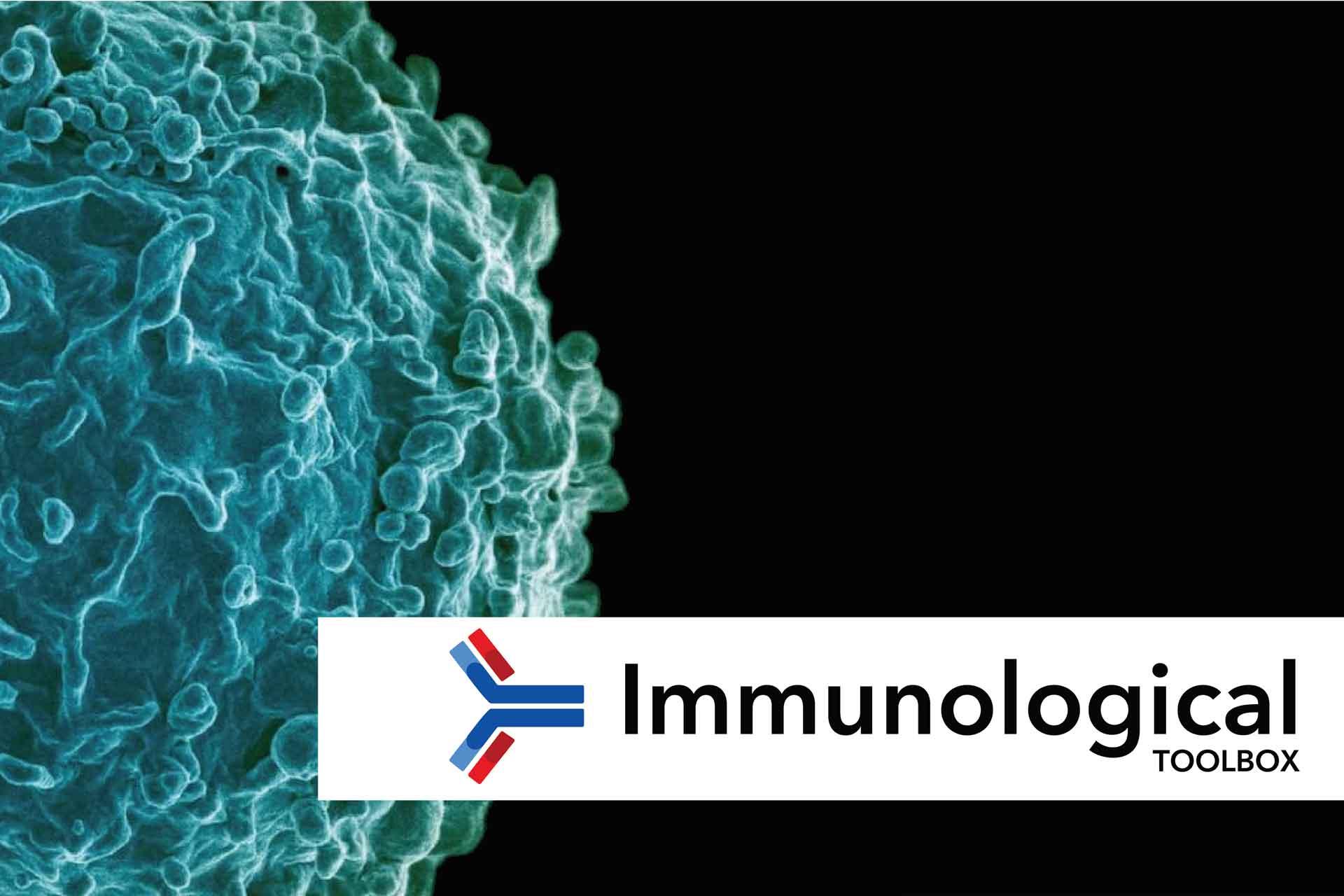Scientists from The Pirbright Institute and The Roslin Institute have launched The Immunological Toolbox, a website that provides a platform for veterinary researchers to find resources and collaborate. The Toolbox aims to remove barriers to veterinary vaccine development by providing a central database of reagents and aiding information exchange.
The website is home to the most up-to-date and comprehensive repository of antibodies and modified proteins available from commercial companies and academic institutes. It details over 1,600 immortalised cell lines that produce well-characterised antibodies against cattle, chicken, pig, sheep, goat, horse and fish molecules. Researchers are able to freely search the location, supply and application of these immune reagents, as well as submit requests for new reagents and antibody production.
The dynamic platform also permits the research community to provide feedback about the use of each reagent. Registered users can leave ratings and comments, submit supporting data, references, images and any other evidence that enables the community to better understand the reagent. Both the number of reagents and species included will continue to increase as further information on unique institutional collections is received from around the world.
Datasets holding similar information to the Toolbox have previously been collated, but their maintenance has proven difficult due to the short-term nature of funding. “The Immunological Toolbox has a funding model that is designed to last the test of time” said Professor John Hammond, Project Lead at Pirbright. “Instead of being funded through one or two grants that span a handful of years, the Toolbox is supported through Pirbright and Roslin’s long term strategic funding from the Biotechnology and Biological Sciences Research Council (BBSRC UKRI), which provides a new level of sustainability.”
Professor Gary Entrican, Chair of the IUIS Veterinary Immunology Committee remarked: “The Immunological Toolbox website is an excellent resource for the veterinary immunology community. We have never before had a website where we could search for reagent specificity, backed-up with functional data and the facility to fill gaps in capability by commissioning reagent production. This really takes veterinary immunology forward in ways we have been struggling with for many years. I encourage all members of our community to use the website and contribute information on reagent specificity and function for the collective good.”
Image: The Immunological Toolbox logo, showing a colourised scanning electron micrograph of a B cell from a human donor [credit NIAID]
